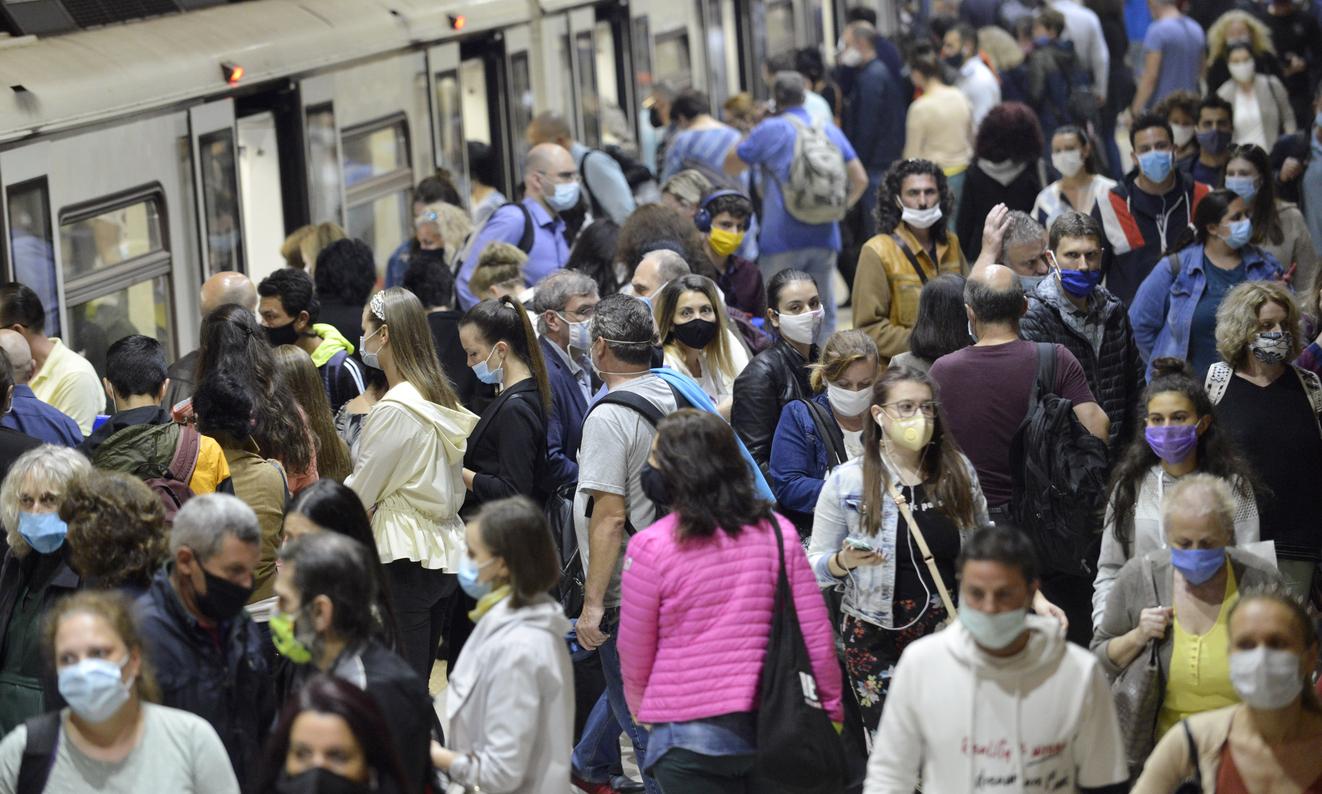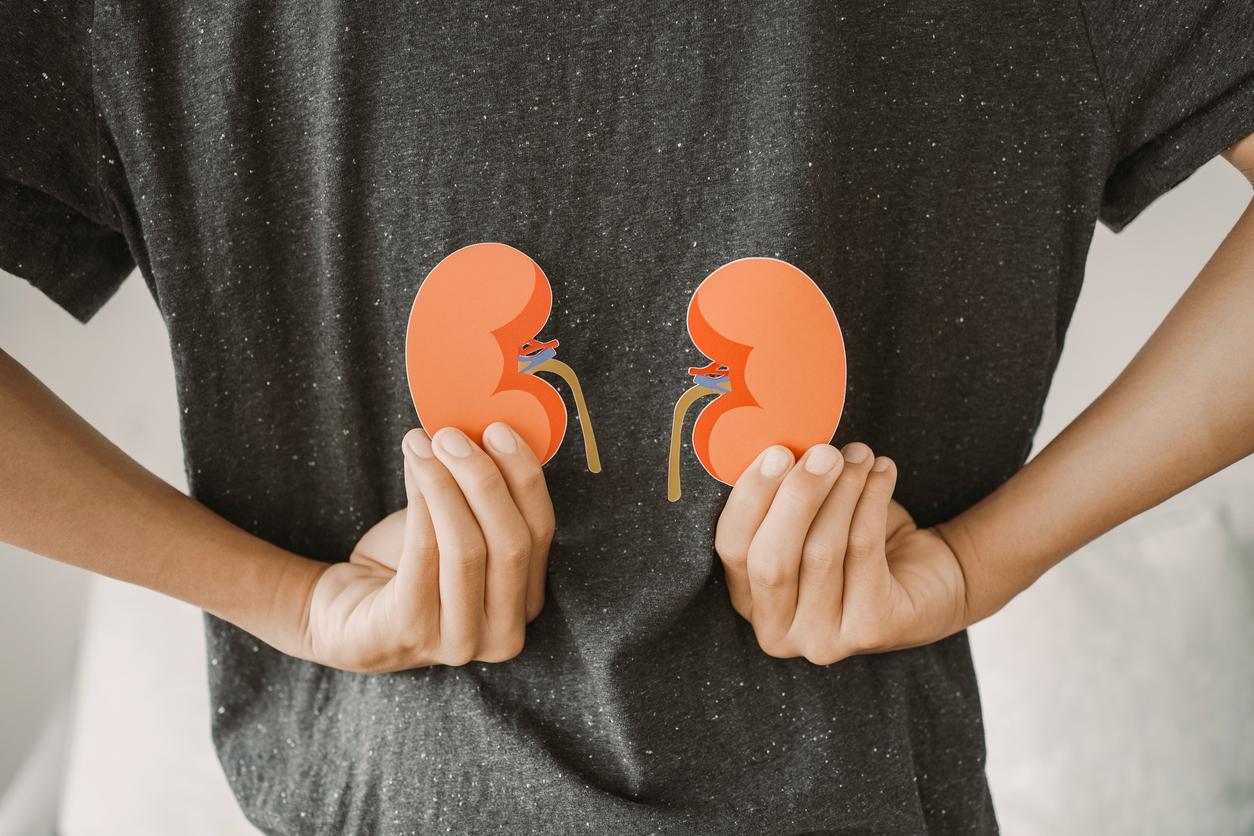A WHO study warns of record levels of physical inactivity that now expose a third of adults to an increased risk of chronic diseases.

- Nearly 31% of adults worldwide, or around 1.8 billion people, are not sufficiently physically active and are therefore at greater risk of cardiovascular disease, type 2 diabetes, dementia and cancer.
- The highest rates of physical inactivity were observed in the Asia-Pacific region (48%) and South Asia (45%), with levels in other world regions ranging from 28% in Western countries to 14% in Oceania.
- WHO calls on countries to strengthen their policies to promote and enable physical activity through sport, leisure and mobility (walking, cycling, public transport), among others.
A sedentary lifestyle epidemic with serious repercussions: around 1.8 billion people are not sufficiently physically active and are therefore exposed to a greater risk of chronic diseases. This is the alarming conclusion that emerges from a study conducted by researchers from the World Health Organization (WHO) and published in the journal The Lancet Global Health.
Physical inactivity and increased risk of chronic diseases
“Nearly 31% of adults worldwide have not reached recommended levels of physical activity by 2022”five points more than in 2010, according to a press release from the agency. A rate of physical inactivity that is expected to increase to 35% by 2030 if the trend continues. As a reminder, the WHO recommends a minimum of 150 minutes of moderate-intensity physical activity or 75 minutes of vigorous intensity per week.
“Silent threat to global health”this lack of physical exercise exposes the hundreds of millions of people concerned to “an increased risk of cardiovascular diseases such as heart attacks and strokes, type 2 diabetes, dementia and cancers, particularly breast and colon cancers.”
The highest rates of physical inactivity were observed in the Asia-Pacific region (48%) and South Asia (45%), with levels in other regions ranging from 28% in Western countries to 14% in Oceania. There are also gender and age differences: lack of exercise is more common among women (34%) than men (29%) and, unsurprisingly, adults over 60 are less active than their younger counterparts, “which highlights the importance of promoting physical activity for older people.”
Promote physical activity through sport, leisure, transport…
Despite the worrying results, the WHO remains optimistic about the ability of states to reverse this trend towards a sedentary lifestyle. “The study found that nearly half of the world’s countries have made some improvements over the past decade, and 22 countries were identified as likely to meet the global target of reducing inactivity by 15% by 2030, if their current trend continues.”
In light of this assessment, the health agency calls on countries to strengthen their policies aimed at promoting and enabling physical activity through sport, leisure or even mobility (walking, cycling, public transport, etc.), among others. “We need to find innovative ways to motivate people to be more active, taking into account factors such as age, environment and cultural context, says Dr Rüdiger Krech, Director of Health Promotion at WHO. By making physical activity accessible, affordable and enjoyable for all, we can significantly reduce the risk of non-communicable diseases and create a healthier, more productive population.”














